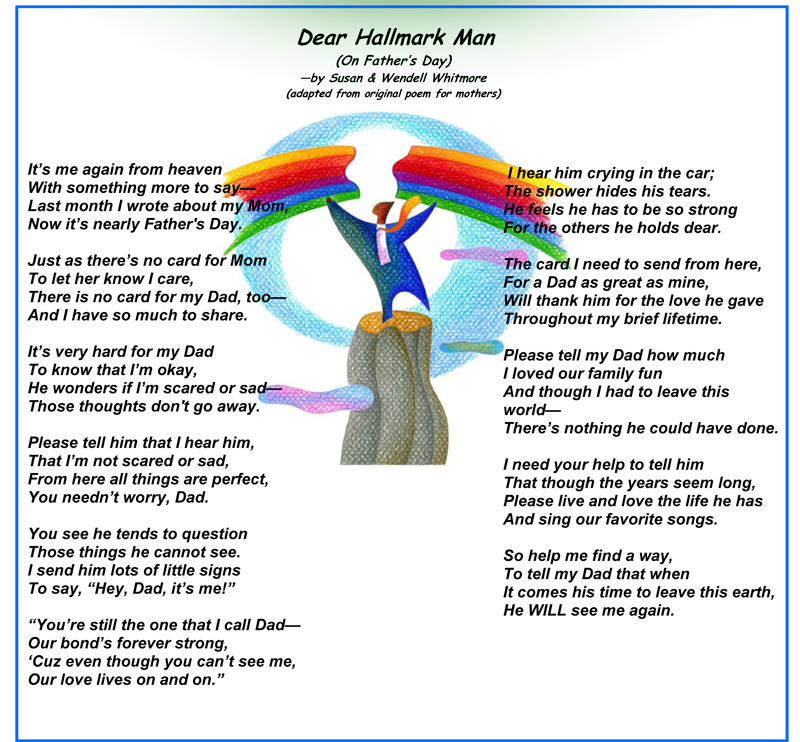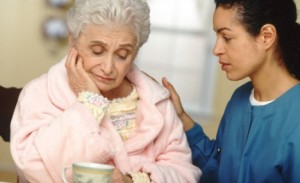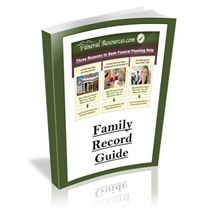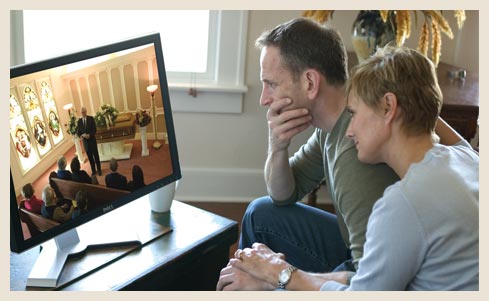How to Face Grief and Loss
Facing Grief and Loss and
Putting Life’s Storms into Perspective
On a back to school shopping event with my daughter, we were drawn to display after display of beautiful pieces of costume jewelry. An elderly woman laden with packages passed by commenting on how tired she was feeling. She found a quiet spot to rest nearby, still holding her packages. I asked if she was alright or needed any help. She assured me she was fine, she just needed to rest. We continued to converse. The woman mentioned how thoughtful it was that I took the time to inquire of her well being. She said that I must not be from around here. I told her I lived 3 hours away in a neighboring state. As she spoke, I noticed some of her words and letters were not spoken clearly. Watching closely, I saw that she did not have any teeth. Her clothing was in good repair, but subtly stained, as if in need of being laundered. I admired a necklace with small charms from the display case. The woman was intrigued with the charm necklace and thought it would be perfect for me.
The next words she spoke caught me off guard. She asked me if I had ever been a victim of a house raid. She explained to me that everything she owned had been stolen. She had loved her porcelain doll collection that was now gone. Her brother was involved in drugs, and came into her house with his friends, and took all her possessions. She mentioned he had taken her dentures because she would not give him any money. She apologized to me for her appearance. Even though she had no teeth, and an empty house, she had a strong resolve. She was kind, grateful, and determined that her brother was not going to break her spirit. My heart went out to the small woman. I found myself watching her around the store as she moved on from her brief rest. The checkout lines were long. My daughter and I helped her get through the line so she was not struggling alone. Shortly thereafter, we headed our separate ways. I think of that sweet little woman often, especially when I wear the charm necklace I purchased that day. I have one regret however, I wish I would have asked the woman her name and contact information.
I tell this story because each of us weather various storms in our lives that affect our perspective. This can alter how we react to those experiences, and how we move forward. Our life’s encounters, as difficult and painful as they are at times help us to build resilience. We pray to find small rays of hope even in times of sadness. We may have to dig deep to find any hope, when there is little hope in front of us. Determination kicks in, and helps us keep trudging forward, so we can carry our emotional burdens.
Putting Life’s Storms into Perspective
Putting life’s storms into perspective is a conscious effort. When we are overcome with sadness or grief it can be difficult to continue the daily climb, and keep looking forward. Each of us have experienced a moment when it feels as if all hope is lost. How do we move past the grief and loss? How do we move forward again? Losing a loved one, a friend, facing a debilitating disease, divorce, or a job change, can tax the strongest hearts and minds. Even when carrying an umbrella, the storm is sometimes too strong and difficult to weather. What can be done to put the challenges into perspective?
Almost 20 years ago, I faced a storm in my own life. Being a strong person I had always believed I could handle whatever was thrown my way. I have learned to never assume. I was brought to my knees, facing a trial of loss that was numbing. A gray cloud settled over my life. I cried at the drop of a hat, and felt like I was wearing concrete shoes up a steep mountain path. Day after day, it felt like the sun would not shine again. Tackling the daily routine was a difficult feat.
The Family Tree: The Night of the Storm
I was inspired during that time to put pencil to paper and write. After months and months of writing, I wrote The Family Tree: The Night of the Storm. The story is about a wondrous tree that in a fierce storm loses a branch. The family who visited the tree, was very sad about the lost branch, so they come up with creative plan. They decide to build a swing with the broken branch, so the branch would be with the tree once more. The story’s message helped heal my heart. I was able to move forward again. My concrete shoes came off, I was not crying all the time, and it helped me by coping with loss. It allowed me put the storm I was facing into perspective. I realized that life would not always stay exactly like I wanted it to stay. Change and loss are beyond our control. As difficult as my experience was, I had to force myself to rise above the grief. I needed to remain strong for those around me. So when life sends its storms, I now find my swing. In my swing I can sit and ponder, treasure great memories of those I love who have moved on, make future plans when my life needs direction, or just think about a sweet, elderly lady who touched my heart.
I have learned how important it is to not only put our own life’s storm’s into perspective, but to also be conscious of others who may be battling their own storm. In hind sight I always wished I would have given a copy of the book The Family Tree: The Night of the Storm to the woman in the store. Maybe it would have given her a moment of hope and inspiration. I hope each of you finds hope and promise in your future and can, in time, build your own swing.
The story The Family Tree: The Night of the Storm has won numerous awards. The message offers children and their families a sense of hope and promise for the future. In the aftermath of life’s storms the sun will continue to rise every day. Our perspective on life will in time find a ray of sunshine, that will chase gray clouds away, to give each of us hope for the future.
The Family Tree: The Night of the Storm can be purchased at www.lauriecopmann.com. For more helpful information, use this link to learn more about the five stages of grief.
About Laurie Copmann, Author and Educator
Laurie Copmann is the principal of an elementary school. She has a Master’s degree in Administration and a Master’s degree in Counseling. She loves working with children and encouraging them to be confident individuals, excellent citizens, and to strive for high academic achievement. She writes stories for children in hopes of inspiring them to reach their potential, with the belief that anything is possible. Laurie lives in Idaho with her husband, two children and a dog named Tux the Terrible.


















